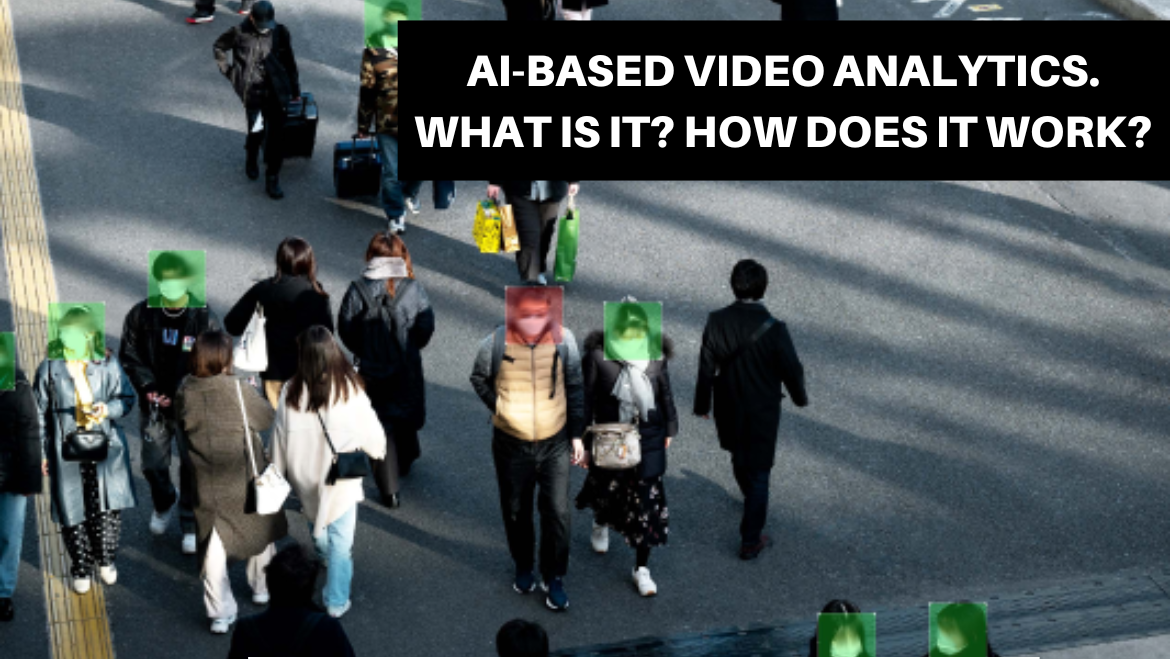In an era dominated by rapid technological advancements, AI-based video analytics has emerged as a powerful tool for extracting valuable insights from video data.
By leveraging artificial intelligence and machine learning algorithms, video analytics solutions can analyze vast amounts of visual information in real-time, offering unprecedented capabilities for security, surveillance, and business intelligence.
Let’s delve into what AI-based video analytics entails, how it works, and its diverse applications across different industries.
What is AI-Based Video Analytics?
AI-based video analytics involves the use of artificial intelligence (AI) and machine learning (ML) techniques to interpret and extract meaningful information from video streams.
Unlike traditional video surveillance systems that rely on human operators to monitor footage, AI-based video analytics automates the process of video analysis, enabling more efficient and accurate detection of events, objects, and anomalies.
By harnessing the power of deep learning algorithms, video analytics solutions can identify and classify objects, recognize patterns, and detect anomalies in real time, revolutionizing the way organizations manage and utilize video data.
How Does it Work?
AI-based video analytics operates through a multi-step process that involves data collection, preprocessing, feature extraction, and analysis.
Here’s a simplified overview of how it works:
- Data Collection:
Video data is captured using cameras or other recording devices installed in the environment of interest.
- Preprocessing:
The raw video data undergoes preprocessing to enhance its quality, reduce noise, and standardize the format for analysis.
- Feature Extraction:
AI algorithms extract relevant features from the video frames, such as objects, motion, shapes, and colors, using techniques like convolutional neural networks (CNNs) and recurrent neural networks (RNNs).
- Analysis:
The extracted features are analyzed to perform various tasks, such as object detection, tracking, classification, behavior analysis, and anomaly detection.
AI models learn from labeled training data to improve accuracy and performance over time.
- Decision Making:
Based on the analysis results, the system generates actionable insights, alerts, or notifications to appropriate stakeholders, enabling timely intervention or response.
Applications of AI-Based Video Analytics:
AI-based video analytics has a wide range of applications across various industries, including:
Security and Surveillance:
Video analytics solutions enhance security by detecting and alerting authorities to suspicious activities, intrusions, or unauthorized access in real-time, reducing the reliance on manual monitoring and improving response times.
- Retail Analytics:
In retail environments, video analytics can track customer behavior, analyze foot traffic patterns, and monitor shelf availability to optimize store layout, enhance customer experience, and improve inventory management.
- Smart Cities:
Video analytics is integral to creating smart and safe urban environments, where it can assist in traffic management, crowd monitoring, public safety, and infrastructure maintenance.
- Manufacturing and Industrial Automation:
In manufacturing facilities, video analytics can monitor production processes, detect defects or equipment failures, and ensure compliance with safety regulations, thereby improving efficiency and reducing downtime.
- Healthcare:
Video analytics solutions are used in healthcare settings for patient monitoring, fall detection, activity recognition, and ensuring adherence to hygiene protocols, enhancing patient care and safety.
Conclusion
AI video analytics represents a paradigm shift in how organizations harness the power of visual data to gain actionable insights and drive decision-making.
By automating the process of video analysis and interpretation, AI-based video analytics offers unparalleled capabilities for enhancing security, efficiency, and situational awareness across various domains.
As technology continues to evolve, the potential applications of AI-based video analytics are boundless, promising to reshape industries and revolutionize the way we interact with our surroundings.
